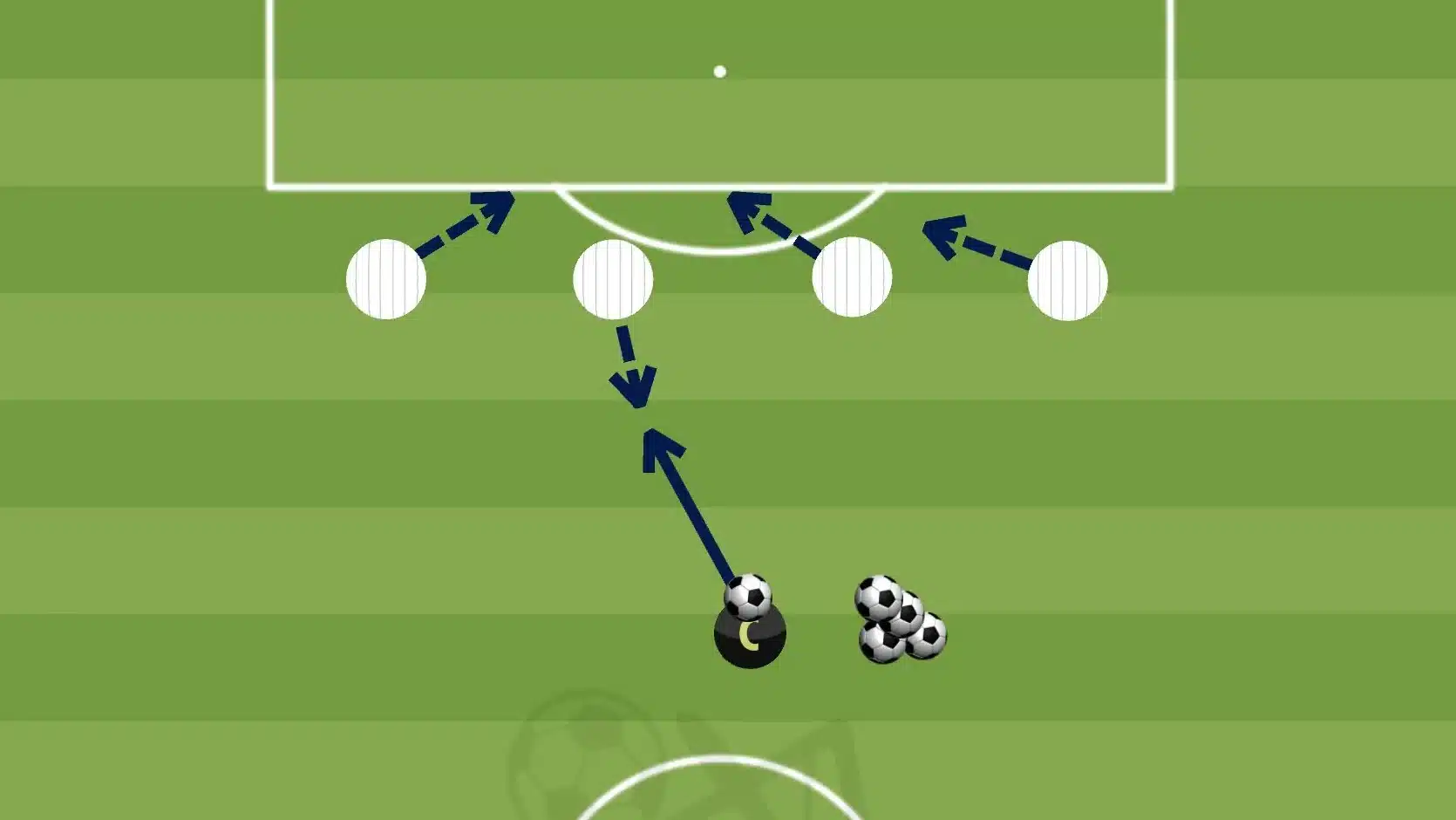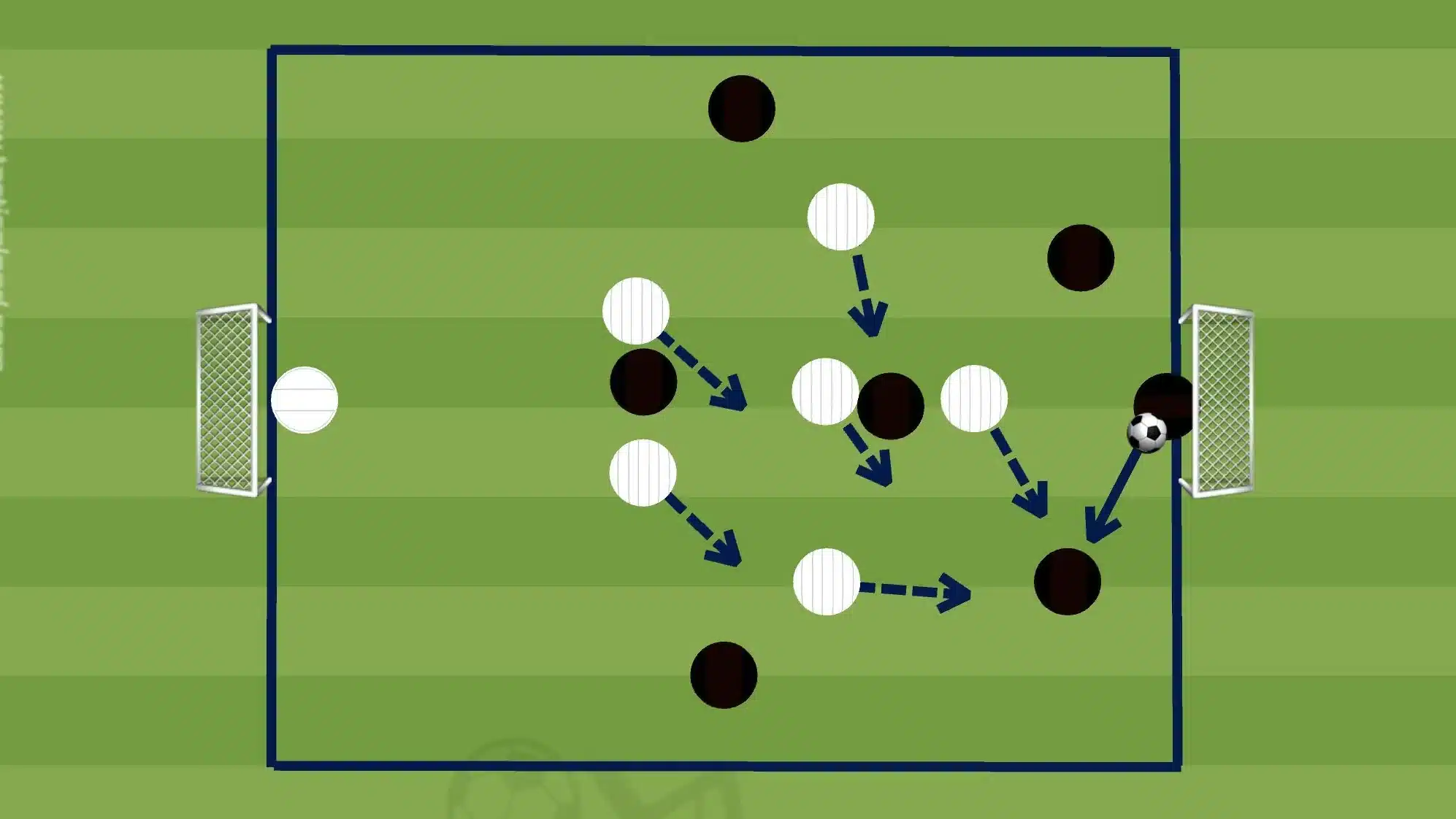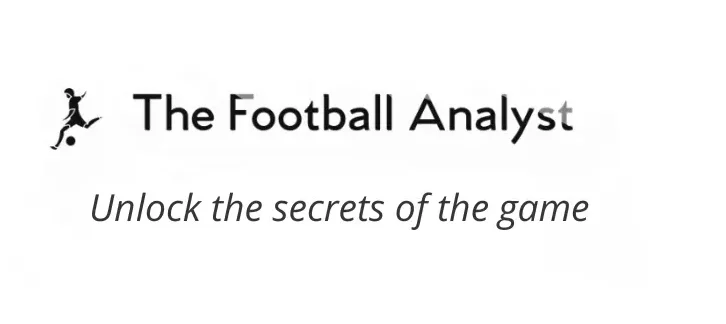In modern football, communication is more than just shouting for the ball. It’s the silent understanding between center-backs, the gestures that trigger pressing traps, and the subtle cues that signal positional rotations. When well-developed, communication becomes the glue that binds individual talent into collective performance.
This article explores communication drills designed to foster trust, enhance coordination, and elevate team dynamics both in and out of possession.
Why Communication Matters in Football
Communication in football comes in various forms—verbal, visual, and even behavioral. Players must consistently relay information to teammates: cover instructions, pressing triggers, positional alerts, and transitional warnings. In pressing systems, high defensive lines, or complex build-up structures, poor communication can undo an entire tactical plan.
Moreover, trust is a byproduct of effective communication. When players know that teammates will react to their cues—whether it’s a call, a gesture, or a movement—they play with greater confidence and composure.
Key Objectives of Communication Drills
Communication drills are not just about talking. They are designed to:
- Improve clarity of verbal instructions
- Enhance non-verbal coordination (gestures, eye contact, body language)
- Reinforce tactical triggers (pressing, covering, switching)
- Develop leadership and listening skills
- Build mutual trust under pressure
These elements are crucial for implementing pressing traps, coordinated defensive actions, and synchronized attacking movements.
Drill 1: Silent Possession Rondo
Objective: Strengthen non-verbal communication and positional awareness.
- Setup: 6v2 rondo inside a 12×12 yard square.
- Rules: No speaking allowed. Players must rely on eye contact, gestures, and scanning to maintain possession.
- Progression: Add an external constraint, such as one-touch passes or limited touches.
- Coaching Focus: Encourage players to use pointing, body orientation, and shoulder checks. After the drill, reflect on how information was shared non-verbally.

Why it works: In high-pressure environments, players often can’t rely on constant talking. This drill teaches the importance of anticipation and visual communication.
Drill 2: Call-and-Move Coordination Grid
Objective: Develop verbal communication under movement and directional pressure.
- Setup: Two teams of four players inside a large grid, with four neutral players on the outside.
- Rules: Both teams must keep possession inside the grid at the same time. Every pass must be preceded by the receiver calling for it (“time,” “turn,” “back,” etc.).
- Progression: Add more active defenders or limit verbal calls to pre-agreed code words (e.g., “blue” = switch play).
- Coaching Focus: Reinforce timing and accuracy of calls. Are players giving early, useful, and loud instructions?

Why it works: Players begin to understand the value of proactive communication, especially when receiving the ball under pressure.
Drill 3: Backline Reaction and Communication Drill
Objective: Train defenders to react with clarity and coordinate movements under unpredictable scenarios.
- Setup: A back four sets up in a defensive line near the edge of the box. A coach stands 25–30 yards in front with several balls.
- Rules: The coach randomly throws or passes a ball into different areas—between defenders, into space, or toward goal. One defender must quickly step up to press, while the others drop behind to cover.
- Progression: Add a passive attacker or make the coach’s actions quicker and less predictable.
- Coaching Focus: Focus on who gives the cue to press, how quickly the line reacts, and whether roles (stepper, cover, balance) are clearly communicated.

Why it works: It simulates real defensive transitions where one player must engage while others adapt. Communication becomes essential to prevent disorganization and manage depth.
Communication Drill 4: Delayed Press Trigger Game
Objective: Train collective pressing reactions based on a verbal cue following a moment of delay.
- Setup: 6v6 or 7v7 in a central 30×30 grid. One team starts with the ball while the defending team remains compact in a mid-block shape.
- Rules: Defending team must wait passively for 5–10 seconds. One player is designated to call the press (“go”), triggering a collective high-intensity press.
- Progression: Change who has the trigger responsibility. Vary the wait time or simulate a trigger (e.g., bad touch or backward pass).
- Coaching Focus: Observe whether the team presses in unison after the cue. Is there immediate ball pressure, cover, and compactness? Who initiates the communication?

Why it works: Instead of constant chaos pressing, this drill reinforces structured decision-making and reinforces the value of a clear vocal trigger. It mirrors real match scenarios where pressing is activated based on cues, not constant pressur
Integrating Communication into Tactical Periodization
Rather than isolating communication as a soft skill, it should be embedded into all phases of training. Whether it’s during build-up patterns, transition games, or finishing drills, players must be encouraged to talk, point, and listen.
Here are a few ideas:
- Assign a “communication leader” for each drill.
- Pause drills to ask players what they heard or saw.
- Use video feedback to highlight moments where communication prevented or caused errors.
Over time, communication becomes an instinctive part of your team’s identity.
Final Thoughts: Communication as a Competitive Edge
At the highest level, matches are often decided by inches and seconds. A defender shouting “man on” half a second earlier can prevent a goal. A coordinated press initiated by one clear trigger can regain possession in the final third.
By embedding communication drills into your training methodology, you are not only enhancing team structure—you are building trust, confidence, and a shared tactical language.
In football, as in life, great teams talk. But more importantly, they listen, respond, and act—together.
